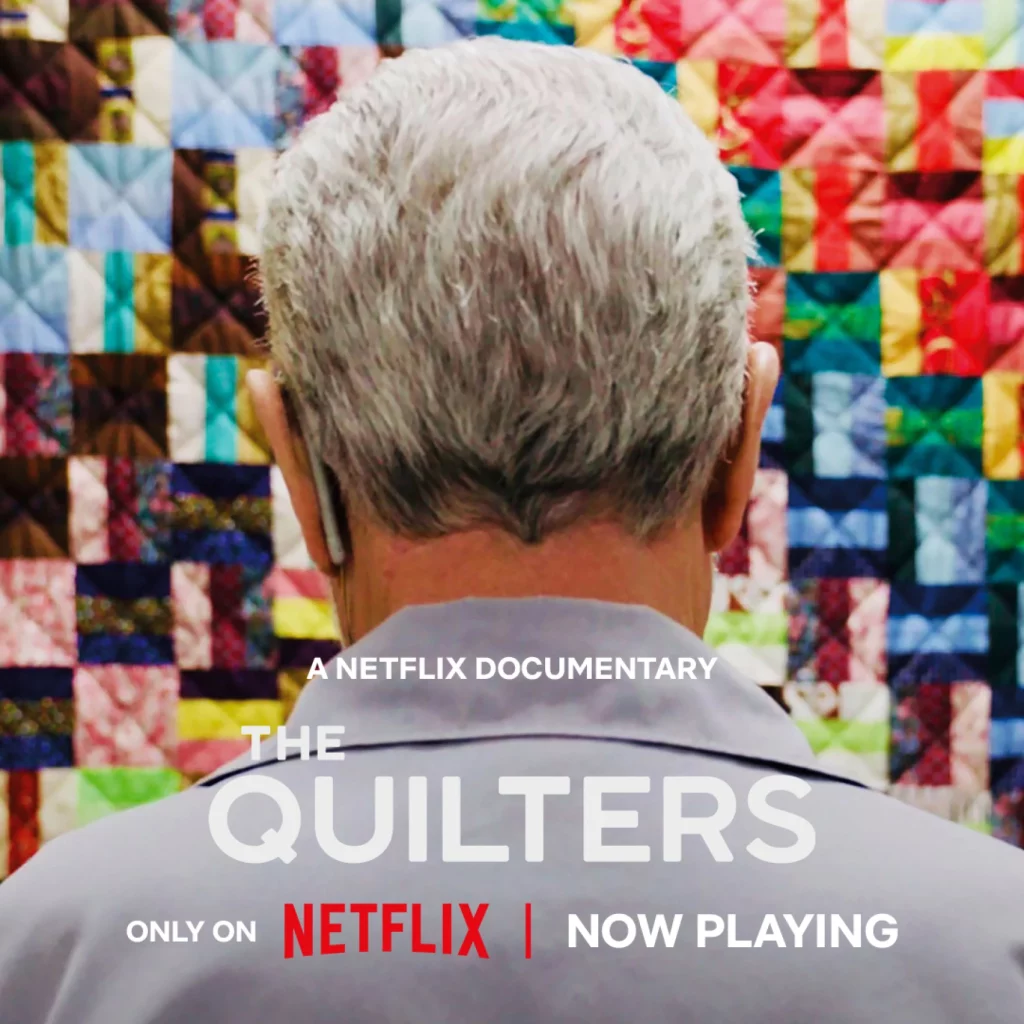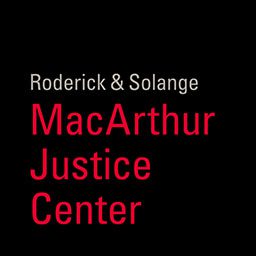Unlocked Potential: The Case for Prison Programming
One purported goal of most American prison systems is to rehabilitate offenders before their eventual release. The Department of Justice claims that the Bureau of Prisons attempts to place people in prison into programming that address the individual’s specific needs. Most prison programming centers around education – such as vocational training, skill building, and earning a GED – or behavioral programming such as substance abuse or sex offender treatment. Some facilities feature programming aimed at creative outlets, which have recently been featured in short films like Sing Sing about a theater group at Sing Sing Prison in New York and The Quilters, about a quilting program in a Missouri prison. Considering that approximately 95% of incarcerated people will eventually be released, prison programming serves an important role in helping prepare these folks for their return to society.

Statistically speaking, educational programming and job training emphasize the importance of prison programming. The Bureau of Justice Statistics estimates more than 60% of all people in prison in the U.S. had not completed a high school degree prior to their incarceration, with close to 70% of state prisoners not completing high school. In a job market that requires a bachelor’s degree just to apply to entry-level jobs, it’s easy to see how the education level of most prisoners would hinder their chances of finding work after their release. In 2016, the RAND corporation issued a report finding that people in prisons who participate in educational programming are 43% less likely to reoffend and return to prison; this finding is consistent with that of earlier studies undertaken in the 1990s, which found that recidivism rates were reduced by 46% on average for ex-offenders who participated in educational programming. These numbers, which have held consistent for decades (and despite the explosion of the American prison population), make clear that prison programming is beneficial to all stakeholders.
Even putting aside the hard evidence, it makes practical sense why prison programming is so important. Imagine if no programming was offered to any people in prison: they would instead sit in prisons each day, stuck with nothing but the problems that led to their incarceration in the first place. Most would remain without formal education, coping skills, and necessary treatment or counseling. And then, upon their eventual release – which will happen for almost all of them – their skills would be underdeveloped or non-existent, while also being denied the chance to improve themselves before their reentry to the free world. This system sets them up for failure.
Getting to know MJC’s clients has provided insight into the impact and value of prison programming. Numerous MJC clients have completed paralegal certificates during their incarceration, which provides the tools and knowledge necessary to litigate their cases on their own and achieve success that even licensed attorneys may not attain. I personally know several MJC clients who completed vocational training while incarcerated and then used that training or certification to find employment immediately upon their release. Some clients embrace religious programming tied to their faith, while others participate in artistic or creative programming. These forms of programming successfully support incarcerated people, promoting the opportunity to learn concrete skills and providing them the space to positively develop in ways that their previous circumstances may not have allowed. The statistics make clear that prison programming leads to significantly better outcomes for people in prison and the rest of society alike. And if that still isn’t enough to convince you, I would invite you to watch programs like Sing Sing or The Quilters to see just a few real-life examples of how prison programming positively impacts incarcerated people.
